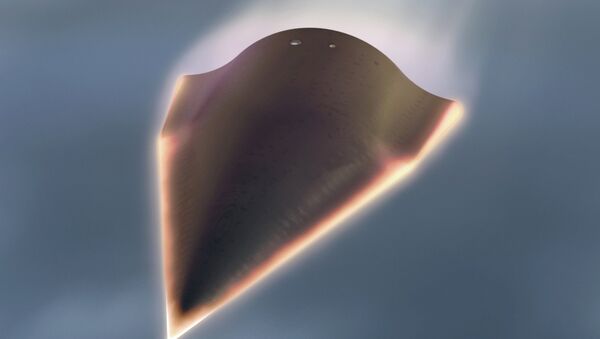The WU-14, which is capable of delivering either conventional or nuclear warheads, was launched into space by an intercontinental ballistic missile (ICBM) booster, and then returned to Earth's atmosphere, gliding at up to Mach 10 speed (around 7,680 miles per hour).
Unlike conventional "reentry vehicles" which go down through the atmosphere "on a predictable ballistic trajectory," a hypersonic glider is virtually impossible to intercept by conventional missile defense systems, the expert explained.
However, US high-ranking military officials have yet neither confirmed nor denied that the W-14 HGV pose a threat to US domestic missile defense systems.
According to the expert, the WU-14 is likely to be carried by China's famous "carrier killer" — the DF-21 intermediate range ballistic missile. A DF-21 equipped by a WU-14 HGV ("rumored to be called the DF-26") may extend the missile's range to over 3,000 km (2,485 miles).
"I suspect that the HGV is intended more for anti-ship or other tactical purposes than as a strategic bombardment system against American cities," Dean Cheng of the Heritage Foundation remarked as cited by the expert, "An HGV might help resolve difficulties of hitting maneuvering targets with a ballistic missile."
Still, Franz-Stefan Gady underscored that the development of such an anti-ship HGV by China could take up to 20 years, due to a number of technical challenges.
"For now, this is good news for the United States Navy which apparently will have difficulties fielding one of the most effective countermeasures to HGVs — directed energy weapons systems — for some time," the expert pointed out.






